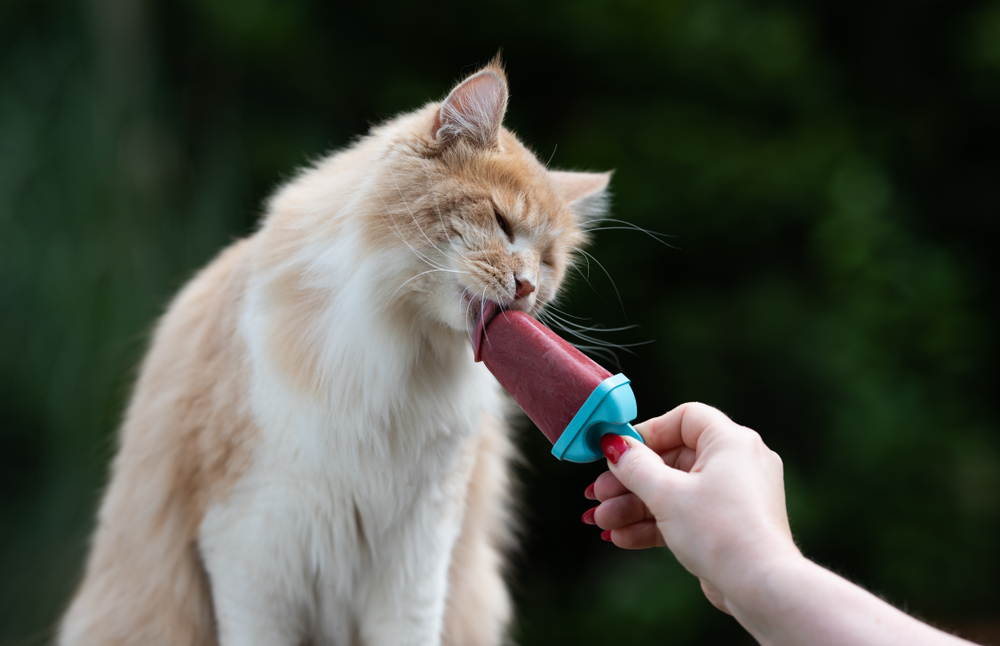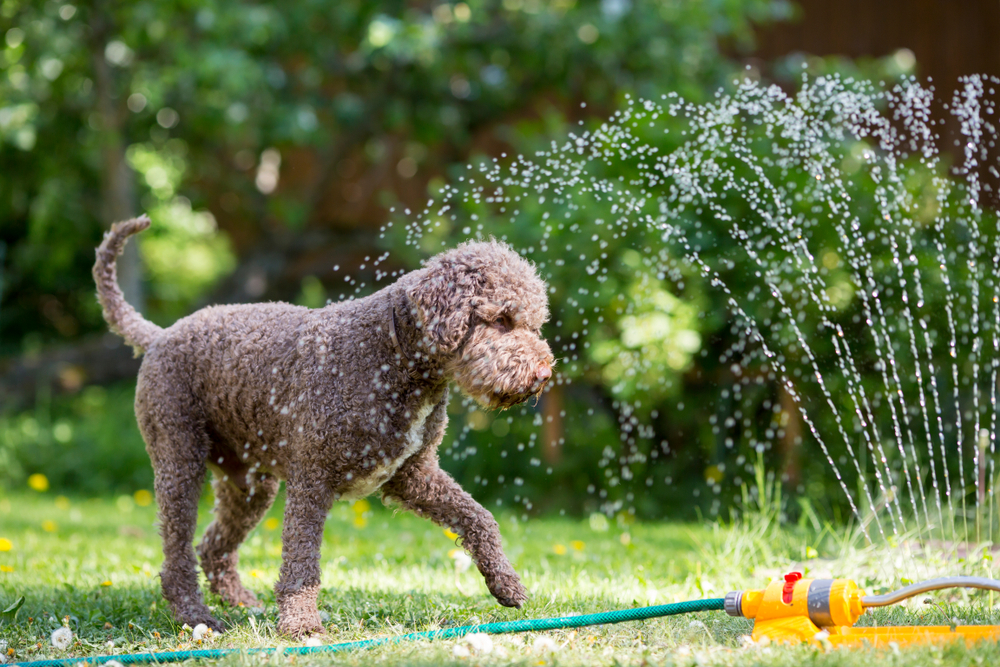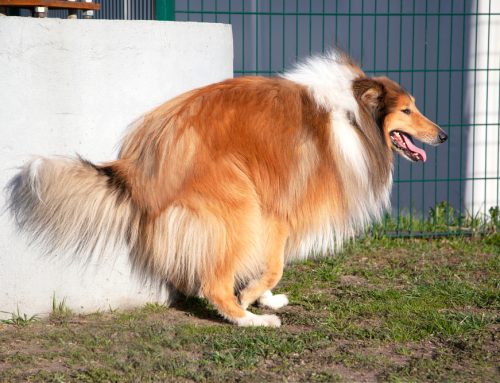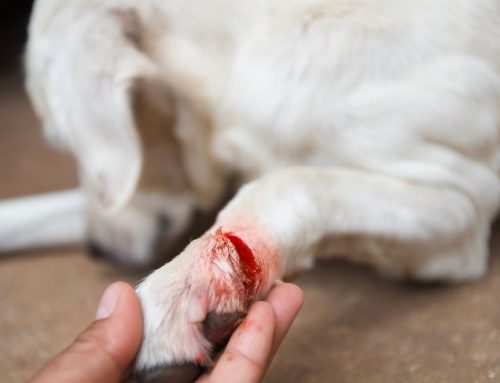Overheating can be dangerous—even deadly—for pets. Beat the heat by knowing the signs of overheating and keeping your furry friends cool this summer. Our Countryside Veterinary Hospital team is here to help answer your heat safety questions.
What causes heatstroke?
Heatstroke in pets is caused by prolonged exposure to hot environments. Excessive exercise—even in warm weather—or being left in warm or humid places, like cars, can cause animals to overheat quickly.
Cats and dogs only have sweat glands in their paws, so, unlike humans, they cannot produce sweat to reduce their body temperature. To cool down, dogs rely on panting, while cats groom themselves (lick their coats).
Fun fact: The normal body temperature range for cats and dogs is between 100.5°F and 102.5°F.
Signs your pet is overheating
Certain pets are at a higher risk of heat stroke, including those who are old, young, or overweight, as well as those who aren’t adapted to prolonged exercise or have certain medical conditions. Short-faced dog breeds like boxers, pugs, and shih tzus, and cat breeds like Persians and British shorthairs, are also at higher risk of heatstroke because of their difficulty breathing in extreme heat.
Regardless of your pet’s age, breed, or medical status, the signs of heatstroke are the same:
- Excessive panting or difficulty breathing
- Excessive thirst
- Increased heart rate
- Excessive drooling
- Weakness and lethargy
- Vomiting or diarrhea
- Disorientation
- Collapsing
What to do when your pet becomes overheated
If you think your pet is overheated, act fast. Quickly cooling down your pet is vital to prevent long-term organ damage. Here are some tips:
- Move your pet to a cool area — Take your pet out of the sun immediately, relocating them to the shade or an air-conditioned space if possible.
- Splash your pet with cool water — Gently splash your dog or cat’s body with cool water or pat them down with cool towels, especially their neck, belly, and paws. But don’t use cold water! The rapid switch from too hot to too cold can be dangerous and send your pet into shock.
- Provide your pet with fresh water — Keep a bowl of cool water close by for your pet to rehydrate. Monitor their drinking and don’t let them have too much at once, as excessive drinking can cause vomiting.
Remember that heatstroke is dangerous and can be life-threatening. Always take your pet to Countryside Veterinary Hospital or the nearest emergency veterinary hospital, even if they seem to be back to normal, for monitoring and necessary treatment.
How to prevent your pet from overheating

They say an ounce of prevention is worth a pound of cure, and that is true for heatstroke. Preventing your pet from overheating in the first place is safer and a lot less scary for you and your pal. Keep these tips in mind:
- Never leave pets in the car — A few minutes left in a car—yes, even with the windows cracked—can cause a pet’s body temperature to increase to dangerous levels. The air temperature in a car can rise 30 degrees in just 20 minutes.
- Provide shade — If your pet will be outdoors for prolonged periods of time, ensure they have access to shade.
- Keep your pet hydrated — Especially during the summer months, leave multiple bowls of water around the house so your pet can easily access water. Take portable bowls and water bottles on walks.
- Groom your pet properly — Pets shed more than usual as temperatures rise. Brush your furry pal daily or give them quick trims to prevent them from overheating because of excess fur. Avoid trimming your pet’s fur too short, which could lead to sunburn and other problems.
- Go for walks during cooler times of the day — Temperatures will be hottest during midday, so take your pets on walks in the early mornings or later in the evenings. Go on shorter, more frequent walks, rather than one long walk.
- Treat your pets to frozen snacks — Refreshing ice licks or ice cubes can help to cool down your pet. But, if you want to reward your best pal with a yummy and refreshing snack, frozen blueberries, watermelon, strawberries, or bananas—in moderation of course—are usually much appreciated.
Heatstroke in pets is dangerous, but this threat shouldn’t prevent you from having an activity-filled summer. Safely enjoy the summer months with your furry friend, and never hesitate to contact Countryside Veterinary Hospital with any questions or to schedule your pet’s next check-up.








Leave A Comment